


|
Commenced:
|
01/02/2015 |
|---|---|
|
Submitted:
|
08/03/2017 |
|
Last updated:
|
16/03/2017 |
|
Location:
|
1220 Valley Forge Road, Suite # 27, Phoenixville, Pennsylvania, US |
|
Phone:
|
use email |
|
Website:
|
http://www.permscape.com/ |
|
Climate zone:
|
Cool Temperate |
(projects i'm involved in)
Back to Permscape - Permaculture Food Forest Oasis and Education Center
Project: Permscape - Permaculture Food Forest Oasis and Education Center
Posted by John Stevenson almost 8 years ago
We were very excited when we saw the aerial view of the canopy. It appeared to be full of large healthy deciduous trees. We could not wait to get in there and plant the Kiwi, Grapes, Akebia, Hops, Passion Flowers, Schisandra Vine, and Climbing Yams to grow up on such a beautiful natural trellis. Our inventory of vines had been steadily "growing" through our cloning, dividing, and seed starting efforts.
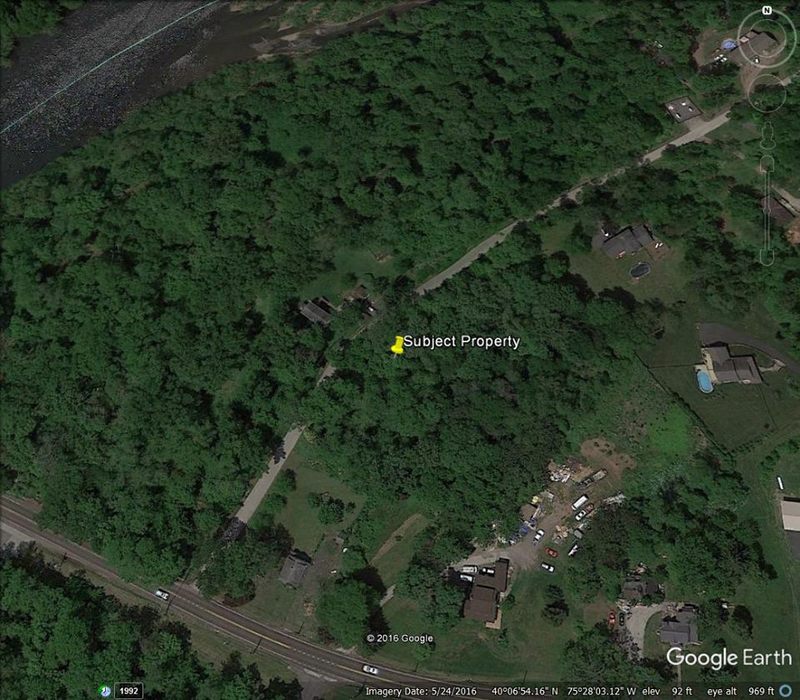
We had it all wrong! This was not an old growth forest. These were not healthy beautiful trees.
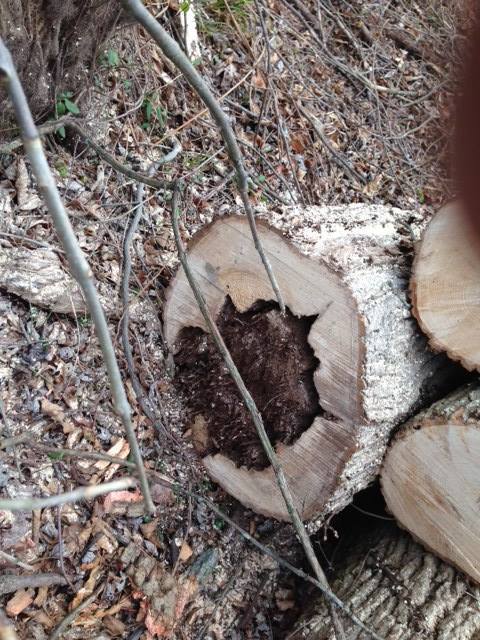
The property was obviously a mismanaged regrowth forest. At some time in the past the trees had been clear cut. This provided the opportunity for an extremely aggressive understory of creeping vines and suffocating groundcover species to thrive. Eventually these vines conquered the entire ecosystem.
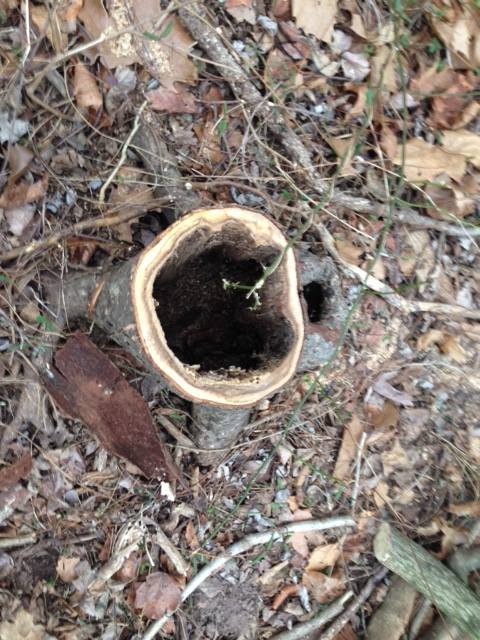
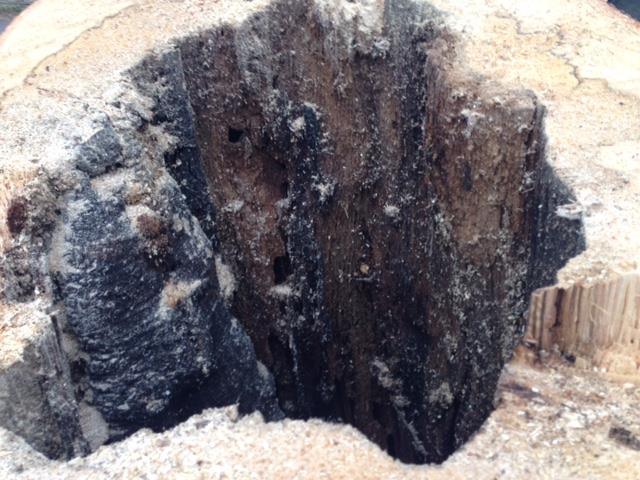
The succession trees were dwarfed if not completely strangled by the vines that ruled this system and kept all the sunlight for themselves.
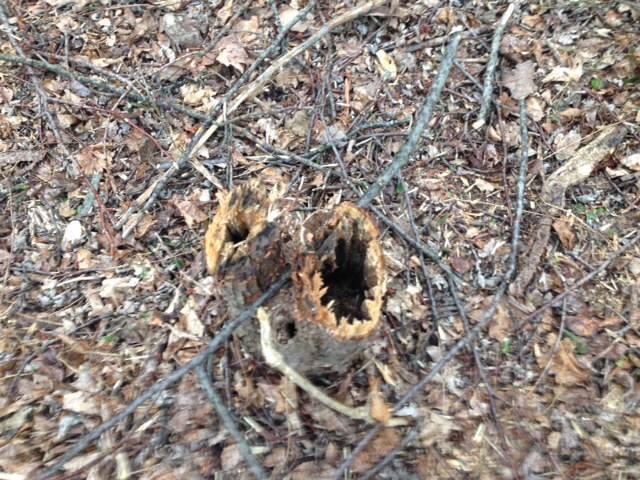
Poison ivy and invasive English Ivy carved into the trees providing paths for the invasive insects, canker disease, and pathogenic fungal conks. They were literally eating the larger trees from inside out while simultaneously depriving the understory of the solar energy it needed to grow beyond the pioneer stage.
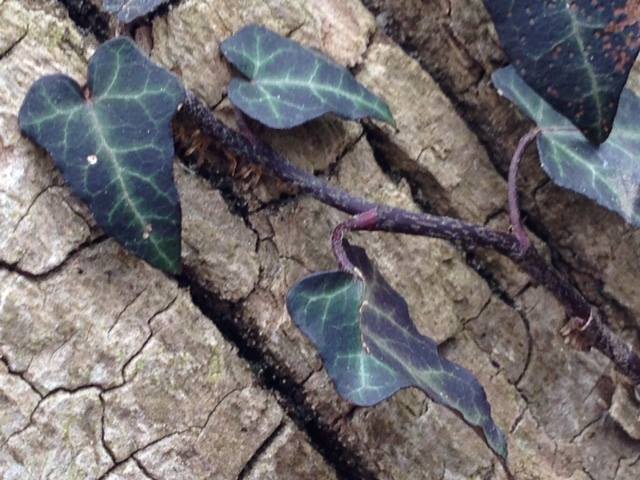
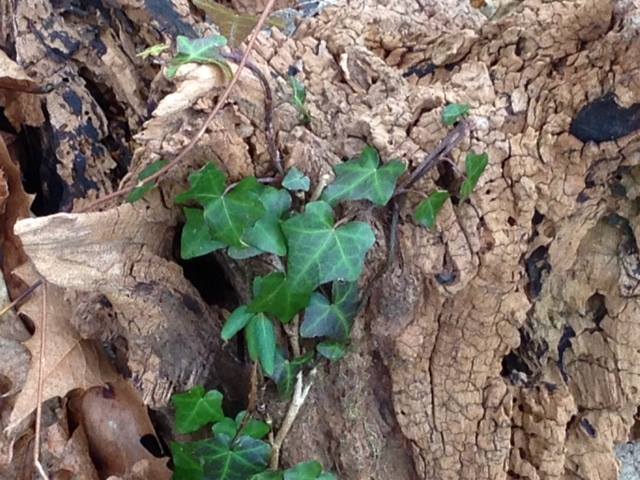
Old brick, car parts, metal, cinderblocks, plastic bottles, and other trash littering the property.
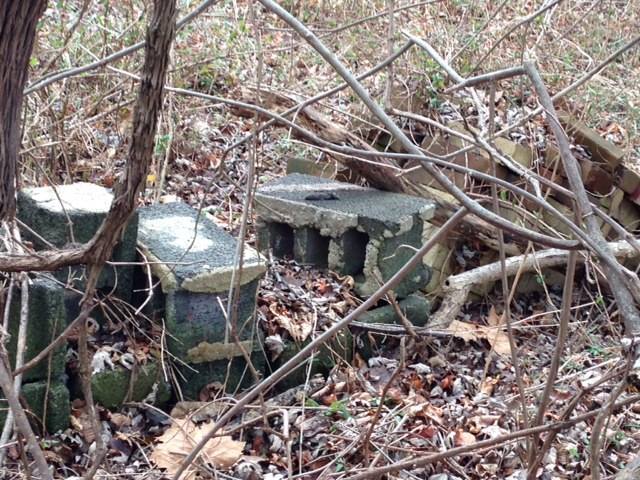
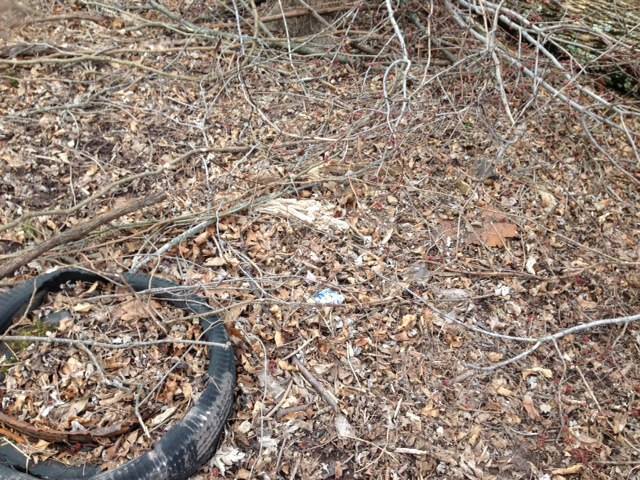

I realized a thorough inspection of the property should have been completed before purchasing it to better budget for its revitalization.
It was always our intent to create an oasis which was green, producing oxygen and sequestering carbon completely organically.
We intended to provide employment opportunity opting to invest more heavily in people power than automated machines. We desired to create a community space to teach hands on permaculture principles in nature rather than our commercial classroom building. We fervently believed it could all still be accomplished. It was going to take more work and more money than just planting food producing companions in the soil next to established trees.
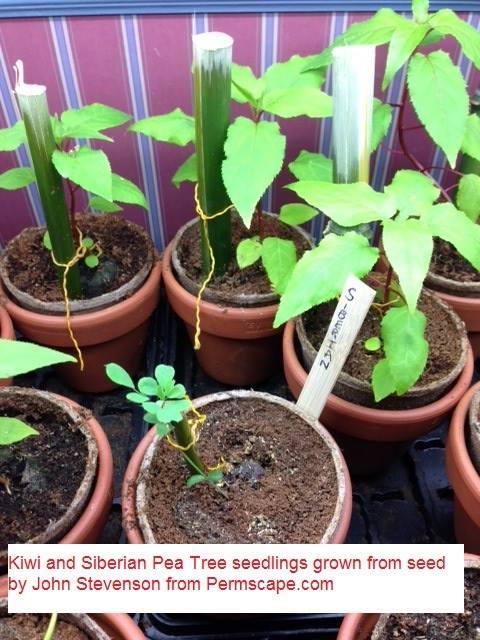
“How can we accomplish our mission sustainably?” “What is sustainable?”
Our answer was “Sustainability is only sustainable if there is a surplus (profit).”
Our very definition of sustainable precluded the acceptance of grants, mortgage debt, free interns, and gifts.
The solution needed to be 100% privately accomplished. It also had to provide a return equal to the financial and physical inputs which were required to obtain the property, put it into production, and market and sell the products grown.
The surplus (profit) would be used at first to reinvest in expanding operations. Additional equipment, supplies, labor, and land would be acquired until local market demand for what we produce on the lot is met.
Once successful, and after paying all workers a fair and competitive wage, we would continue to acquire additional community lots to preserve green areas.
We would recycle building materials from existing structures on these lots and return the area to its natural predevelopment state. Our profits could also be used to purchase and create free community gardens and to provide educational training (including interns) in the community. We were well aware that no charitable arm of our organization could exist without first proving our business model. You can’t return a surplus if one isn’t first generated.
You must be logged in to comment.
Note: The various badges displayed in people profiles are largely honesty-based self-proclamations by the individuals themselves. There are reporting functions users can use if they know of blatant misrepresentation (for both people and projects). Legitimacy, competency and reputation for all people and projects can be evidenced and/or developed through their providing regular updates on permaculture work they’re involved in, before/after photographs, etc. A spirit of objective nurturing of both people and projects through knowledge/encouragement/inspiration/resource sharing is the aim of the Worldwide Permaculture Network.
 |
MemberA member is a permaculturist who has never taken a PDC course. These cannot become PDC teachers. Members may be novice or highly experienced permaculturists or anywhere in between. Watch their updates for evaluation. |
|---|---|
  |
Permaculture MatchmakerOne of these badges will show if you select your gender and the "I'm single, looking for a permaculture partner" option in your profile. |
 |
PDCPeople who claim to have taken a Permaculture Design Certificate (PDC) course somewhere in the world. |
 |
PDC VerifiedPeople who have entered an email address for the teacher of their PDC course, and have had their PDC status verified by that teacher. Watch their updates for evaluation. |
 |
PRI PDCPeople who’ve taken a Permaculture Research Institute PDC somewhere in the world. |
 |
PDC TeacherPeople who claim to teach some version of PDC somewhere in the world. |
 |
PRI TeacherWith the exception of the ‘Member’ who has never taken a PDC, all of the above can apply to become a PRI PDC Teacher. PRI PDC Teachers are those who the PRI recognise, through a vetting board, as determined and competent to teach the full 72-hour course as developed by Permaculture founder Bill Mollison – covering all the topics of The Designers’ Manual as well as possible (i.e. not cherry picking only aspects the teacher feels most interested or competent in). Such teachers also commit to focussing on the design science, and not including subjective spiritual/metaphysical elements. The reason these items are not included in the PDC curriculum is because they are “belief” based. Permaculture Design education concerns itself with teaching good design based on strategies and techniques which are scientifically provable. PRI PDC Teachers may be given teaching and/or consultancy offerings as they become available as the network grows. |
 |
Aid WorkerThe individual with this badge is indicating they are, have, or would like to be involved in permaculture aid work. As such, the individual may or may not have permaculture aid worker experience. Watch their updates for evaluation. |
 |
ConsultantThe individual with this badge is indicating they are, have, or would like to do paid permaculture design consultancy work. As such, the individual may or may not have permaculture consultancy experience. Watch their updates for evaluation. |
 |
Community ProjectCommunity projects are projects that help develop sustainable community interaction and increase localised resiliency. |